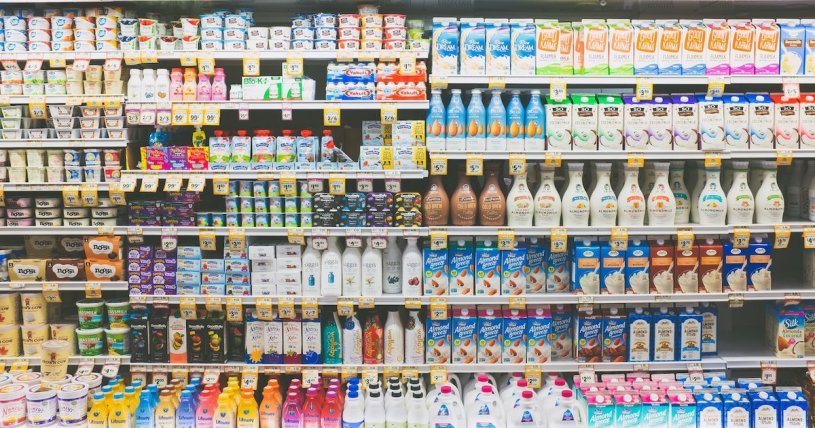4/1/22
Recent data from a USDA’s Economic Research Service report shows a continued rise in food prices and predicts further increases in the coming year.
Food prices were 7.9% higher between February 2021 and February 2022, not seasonally adjusted*. However, if we want to see what that means in our daily lives, we have to look at the two categories into which food is broken down.
Food away from home reflects the prices we pay when we eat out. Those prices have risen 6.8% since January of 2021. They are predicted to rise by another 5.5%, so, if you find that it’s already more expensive than it used to be to eat out, it will likely become more so as the year progresses.

Food-at-home reflects the prices we pay at the grocery store and at the retail level. Those prices have gone up 8.6% since February of 2021. They are predicted to rise another 3-4% before year’s end.

All food, the aggregate of both away- from-home and at-home food prices, is expected to rise 4.5-5.5% by the end of the year.
Also in the report are predictions for individual commodities. Expect to pay 6-7% more for poultry, 5-6% more for fresh fruit, and 2.5-3.5% more for eggs. The lowest price increase is expected to occur within the fresh vegetable category, at just 1-2%.
In terms that are useful, you can expect to pay $.15-$.18 more for chicken breasts that are currently selling at $2.50/lb.
The substantial rise in poultry prices is due to the current and virulent avian flu plaguing poultry populations. However, that could cause prices to drop if it puts downward pressure on demand for product.
*A note on seasonally adjusted:
Seasonally adjusted means that the effects of things like weather, harvest, school schedules, and major holidays are eliminated from the data. It’s a technique that is used when comparing multiple months. For example, it more accurately allows you to compare February to July, two months with completely different seasonal occurrences.

